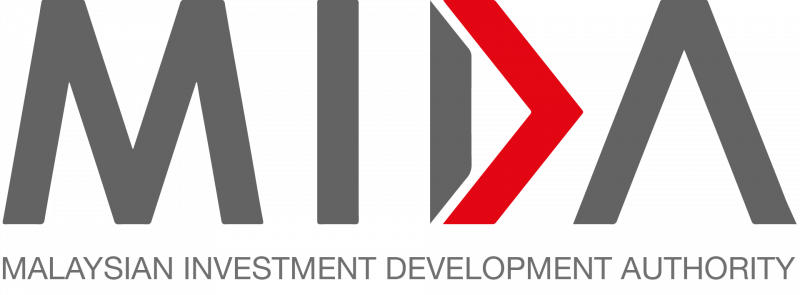Singapore’s United Overseas Bank (UOB) has launched a Green Lane initiative with Invest Johor to fast-track investments into the Johor-Singapore Special Economic Zone (JS-SEZ).
The initiative, a result of the Memorandum of Understanding (MoU) signed at the 2024 Asean conference, aimed to streamline the approval process for high-impact investors. Invest Johor serves as Johor’s one-stop centre for investors, promoting and facilitating investments across various industries.
It aims to position Johor as a regional hub for high-tech, knowledge-based, and capital-intensive industries.
UOB will conduct pre-qualification assessments for its clients applying for Johor’s Super Lane approval, significantly reducing processing time.
The bank also introduced a Fast Lane account opening service for Singaporean investors expanding into the JS-SEZ and established dedicated JS-SEZ desks in Johor and Singapore for market entry support.
The Green Lane’s first beneficiary, Hong Kong-listed Gold Peak Technology Group, is set to invest RM670 million (US$150 million) to establish an advanced manufacturing and R&D facility in JS-SEZ.
Gold Peak Technology Group executive director and managing director Michael Lam presented a Letter of Intent (LOI) to Invest Johor chief executive officer (CEO) Natazha Hariss at a business mission event attended by Johor Menteri Besar Datuk Onn Hafiz Ghazi and other key officials.
Lam also expressed confidence in JS-SEZ’s potential as a regional manufacturing hub.
“With UOB and Invest Johor’s support, our new facility will drive innovation in battery technology, reinforcing our commitment to powering a greener tomorrow,” he added.
Onn Hafiz hailed the initiative as a milestone in strengthening cross-border trade and investment, aligning with Johor’s Maju Johor 2030 vision.
“Gold Peak’s investment will bring advanced manufacturing, high-quality jobs, and sustainable economic growth to Johor, solidifying JS-SEZ’s position as a premier investment hub,” he said today.
Gold Peak’s upcoming facility will focus on next-generation battery technologies, playing a crucial role in sustainable energy storage solutions, particularly for data centres in Southeast Asia. The investment is expected to generate 150 to 180 new jobs, fostering local talent and innovation.
UOB Malaysia CEO Ng Wei Wei emphasised the bank’s commitment to driving strategic investments.
“Since our MoU with Invest Johor, we have actively delivered on our commitments, bringing in investments and streamlining approvals.
“The LOI from Gold Peak reflects growing investor confidence in JS-SEZ,” Ng said.
The collaboration between UOB, Invest Johor, and key investors is expected to accelerate the JS-SEZ’s transformation into a leading economic zone, attracting high-value, sustainable investments.
Source: NST
Gold Peak’s RM670mil investment first under JS-SEZ fast-track initiative
Content Type:
Duration:


